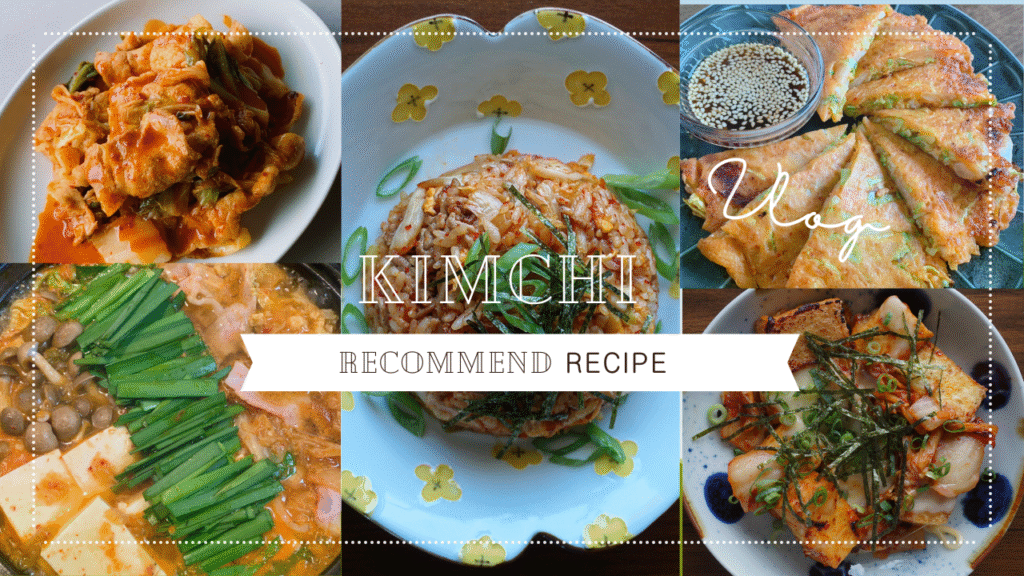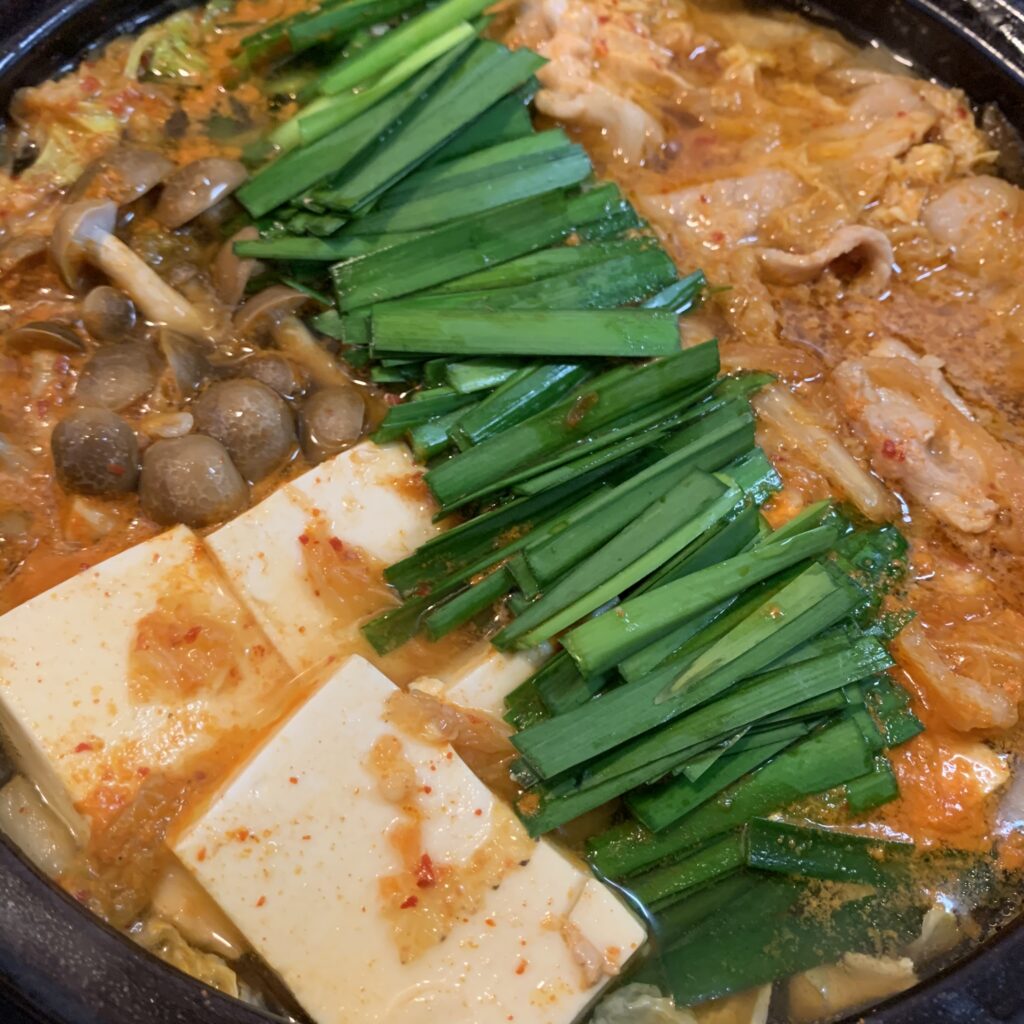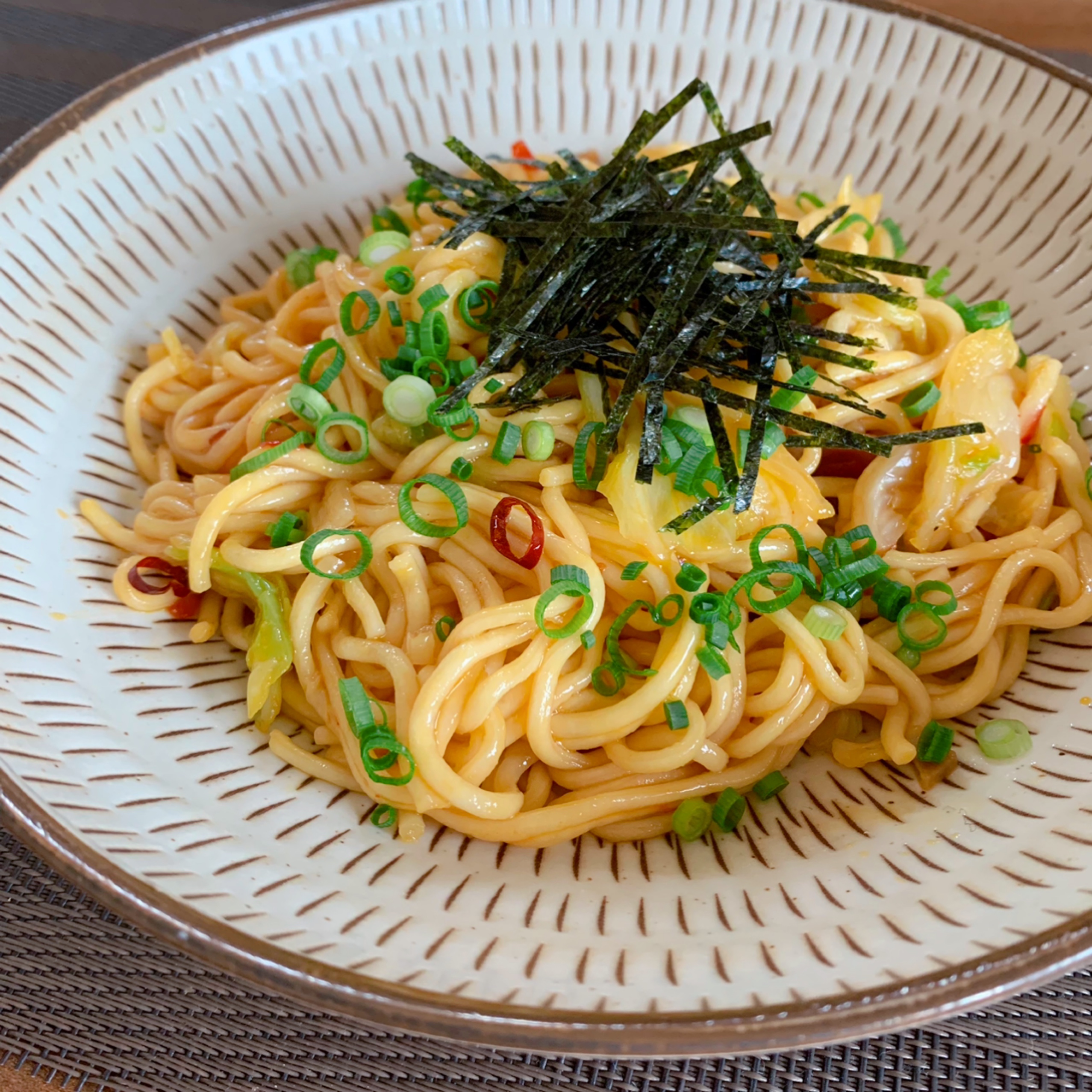
Kimchi nabe (キムチ鍋)
What kind of dish is kimchi nabe??
Kimchi nabe is a spicy hot pot dish made with kimchi. Kimchi nabe is a very popular hotpot dish in Japan, and it is so popular that it ranks high in rankings of favorite hotpot dishes of all generations. It’s made with pork, seafood, tofu, and lots of vegetables, so you can get plenty of nutrients.
It is a dish very similar to kimchi jjigae, which is often eaten on the Korean Peninsula. The word ”Jjigae” means ”hot pot dish”. Most Japanese households use commercially available “soup for kimchi hotpot.” This time I made this soup by hand.
We recommend using less sour kimchi for kimchi nabe. If you are using kimchi with a strong sour taste, it is best to fry it in sesame oil before adding it to the soup to reduce the sourness.

Recommended ingredients
The most popular meat used for kimchi nabe is pork, especially pork belly. Adding bone-in chicken or wiener sausages is a popular ingredient as it enhances the flavor.
The standard vegetable used for kimchi nabe is Chinese cabbage. If you thinly slice carrots or daikon radish with a peeler and add them, the flavor will absorb quickly and it will be delicious. Chives also go well with kimchi nabe, and the dark green color adds color. Mushrooms such as shiitake and enoki mushrooms have a strong flavor and are also recommended ingredients.
Adding mochi (rice cake), cheese, egg, etc. will soften the spiciness, so this arrangement is especially recommended for people who don’t like spicy food.
After eating the ingredients, add rice, ramen, or udon noodles and simmer. In Japan, simmering the staple food at the end of nabe (hot pot dish) is called “shime”.
*What is the difference from Sundubu? …Dubu jjigae is a type of jjigae that uses tofu as the main ingredient. It is famous for its use of sundubu (soft tofu with plenty of moisture). Instead of using kimchi, seafood such as clams, oysters, and cod are often used.
NUTRITION FACTS : Easy Kimchi Nabe Soup (Kimchi-jjigae)
- 307 kcal
- Protein 19.0 g
- Fat 15.3 g
- Carb 26.2 g
- Salt Equivalent 5.5 g
INGREDIENTS : Easy Kimchi Nabe Soup (Kimchi-jjigae) (3SERVINGS)
KIMCHI NABE SOUP
- ☆Garlic 6g
- ☆Ginger 6g
- ☆Gochujang 6g
- ☆Bean sauce 6g
- ☆Sesame oil 4g
- ★Chicken soup granules 10g
- ★Sake 20g
- ★Soy sauce 20g
- ★Mirin 20g
- ★Sugar 20g
- ★Oyster sauce 20g
- ★Water 600g
INGREDIENTS
- Kimchi 160g
- Chinese cabbage 500g
- Shimeji mashrooms 70g
- Firm tofu 180g
- Chinese chives 80g
- Pork shoulder loin 180g
How to make Easy Kimchi Nabe Soup (Kimchi-jjigae)



- Grate the garlic and ginger.
- Put garlic, ginger, gochujang, bean paste, and sesame oil in a pot and heat over medium heat until small bubbles appear. This will give it a nice scent.
- Add chicken soup granules, sake, soy sauce, mirin, sugar, oyster sauce, and water to a pot and bring to a boil.
- Turn off the heat and add kimchi.
- Cut the Chinese cabbage. Cut the hard parts into thin strips, and cut the leafy parts into larger pieces.
- Cut off the bottom part of the shimeji mushrooms.
- Divide the firm tofu into 3 equal parts.
- Cut off the bottom part of the chive and cut into 4cm lengths.
- Pour the sauce into a clay pot and add the Chinese cabbage, shimeji mushrooms, firm tofu, and chives.
- Put the pork in the pot, spreading it out as much as possible to avoid overlapping or clumping. (I layer Chinese cabbage and pork alternately.)
- Cover and simmer until the vegetables are cooked.



コメント